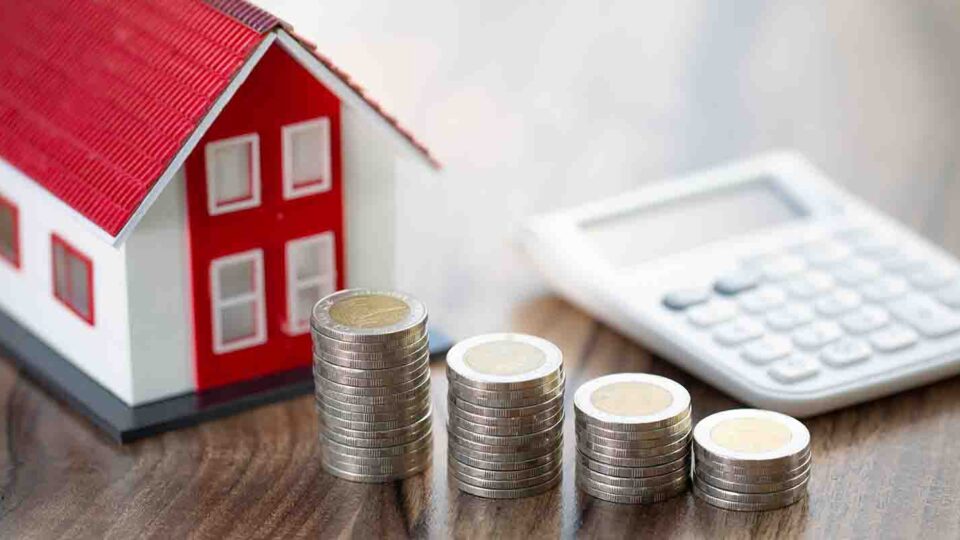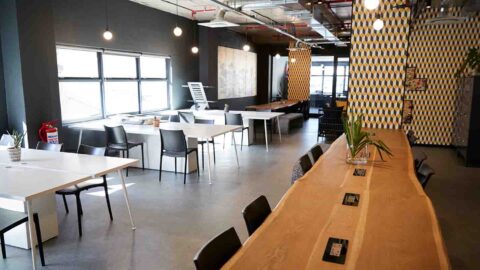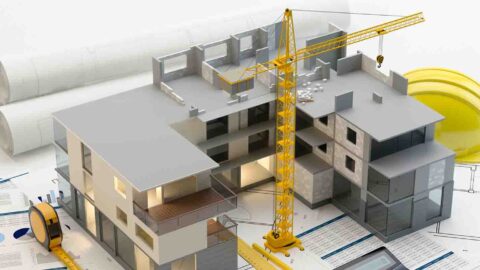Homeownership – Mortgage explained
Taking out a mortgage makes the dream of buying a home possible. Here’s how to go about it.

The ultimate dream of many Kenyans is to become homeowners, but this dream is getting harder to realise as the cost of land, building materials and labour are on an upward trajectory.
According to the Centre for Affordable Housing Finance in Africa (CAHF) 2022 report, homeownership in Kenya remains low compared to other African countries at 22 per cent in urban areas, compared to other African countries such as South Africa and Ghana with 69.7 per cent and 52 per cent urban homeownership rates, res
This underscores the urgent need to prioritise investment in affordable housing to address the housing deficit and promote homeownership, particularly among low-income individuals in Kenya.
What is a mortgage?
This is a type of loan from a financial lending institution such as a bank, microfinance institution, or a Sacco, used to purchase or refinance real estate such as land or a house. It can also be referred to as a mortgage loan.
The process involves taking a loan from a financial institution to finance the purchase of a real estate property. The property acts as collateral as you repay the principal borrowed plus interest.
There are two types of mortgages – Fixed rate and Adjustable/Variable rate.
Under the fixed rate, the mortgage loan has a fixed interest rate. You will pay the same interest throughout the loan’s duration. The lender will offer you the loan at current interest rates.
Under the adjustable/variable rate, the mortgage loan changes with the interest rate, and throughout the loan’s duration, the interest you pay will fluctuate (up and down) based on the prevailing market rates. Additionally, the loan you receive will be determined by different factors like prevailing interest rates, creditworthiness, the down payment you made, the amount you borrowed, and mortgage and home insurance.
How to get a mortgage
Before you start the process of getting a mortgage, there is a need to set aside money to cover the down payment, mortgage application fees, real estate agent costs, and insurance.
Secondly, approach your lender and determine how much mortgage loan you qualify for. The lender considers different factors such as income, age, stability, assets, and credit history to decide how much to offer you.
Thirdly, find that property, you can choose to buy a ready-built house, build for yourself, an off-plan property, or take the rent-to-own route. Ensure that the seller accepts mortgage payments. You can search for property on your own or use an agent or a lawyer to avoid any risks. Once you identify the property, negotiate the buying price with the seller. In some cases, you might need to deposit a refundable 10 per cent in an escrow account to show your commitment to buying the property. The seller then takes the property off the market.
Fourth, make your formal application to the lender and provide them with all your financial documents, such as payslips, bank statements, credit history, and other supporting documents that increase your chances of receiving a mortgage.
Fifth, the lender will review all the documents provided and perform due diligence (perform valuation, inspection, and feasibility study). The lender will assess your income, debt, and creditworthiness and decide how much they can loan you. Most lenders only offer a mortgage one can repay without spending more than 50 per cent of the customer’s monthly income servicing debts. If the lender approves your application, you will be given an official offer, which you can negotiate until you agree.
Sixth, if everything checks out, the lender approves the mortgage and provides all the terms and conditions you must accept to move forward. The conditions contain the repayment terms, the interest you will pay, and the consequences if you default.
Seventh, when your finances are ready, get back to the seller and complete the property acquisition. Some lenders might handle the payment and transfer the money to the seller. Others can give you the money to complete the purchase. At this point, you can embark on finalising the legal paperwork; that is, the property title and document’s name will be transferred to the lender, which will hold it as collateral (joint ownership) until you pay back your mortgage.
Kenya Mortgage Refinancing Company (KMRC)
To bolster homeownership, the Kenya Mortgage Refinancing Company (KMRC), a non-deposit-taking financial institution, was incorporated in April 2018 under the Companies Act 2015 and was authorised by the Central Bank of Kenya (CBK) to begin lending operations in September 2020.
During the 2023/2024 financial year, KMRC was allocated KSh5 billion by the government, whose primary mandate is to ensure sustainable home financing in the country by providing long-term funds to primary mortgage lenders (PMLs) such as banks, microfinance institutions, and Saccos at low and fixed interest rates.
KMRC offers two categories of bulk loans to PMLs – Affordable Home Loans and Market Home Loans.
Affordable Home Loans
These are loan sizes of up to KSh8 million within the Nairobi Metropolitan Area (covering Nairobi, Kajiado, Machakos, and Kiambu counties) and KSh6 million for the rest of the country and limited to borrowers with a monthly income threshold of KSh150,000 and below.
Market Home Loans
These are loans extended to PMLs to finance home loans above the affordable home loan threshold. Market home loans have no income limit.
KMRC does not take deposits nor lend directly to individuals. This enables the institution to focus on increasing liquidity to PMLs and developing standardised lending practices through working with the government and other stakeholders. This is geared to enable mortgage lending institutions to continue lending to home buyers without worrying about a lack of long-term funding by gaining the ability to cover any unexpected short-term deposit outflows.
Who qualifies for KMRC backed mortgage loan?
According to KMRC, Kenyans with what is considered low monthly income are eligible to apply for the subsidised loan at any mortgage provider. Kenyans earning not more than Ksh150,000 are considered low-income and qualify for the KMRC-backed mortgage loan. Priority is, however, given to first-time home buyers.
What is the process of applying for a mortgage under the KMRC?
The first thing is to identify the property that one can afford using your monthly income. As a prospective home buyer, you should then approach any financial institution participating in the KMRC plan for a home loan to finance the purchase.
Currently, commercial banks participating in the KMRC arrangement include KCB, Coopertaive Bank, NCBA, Absa Bank, DTB, Stanbic Bank, HF Group, and Credit Bank. Saccos include Stima, Mwalimu, Harambee, Unaitas, Kenya Police, Bingwa, Imarika, Safaricom, Ukulima, Tower, and Imarisha. The only microfinance institution under this programme is Kenya Women Microfinance Bank (KWFT).
If a borrower has his or her land, KMRC supports own home construction. Under this arrangement, the participating financial institution provides a construction loan that qualifies as a home loan, with an implementation plan and period. Additionally, it supports the buying of land to build under the ‘buy and build’ offering.
KMRC has a tailor-made that caters for the needs of home buyers with irregular income, under which, they are facilitating an alternative credit assessment mechanism for people without a regular income to determine their ability to service a mortgage.
KMRC offers a Loan to Value (LTV) ratio of up to 105 per cent. The amount over and above the value of the property is aimed at enabling the buyer to offset associated expenses like legal fees and stamp duty. This is unlike most commercial mortgage lenders who allow a maximum loan to value (LTV) of 90 per cent. This implies that a prospective home buyer has to raise and deposit at least 10 per cent of the value of the property to get a mortgage.
A mortgage is an easier route to home ownership. However, there is a high risk of losing your property in case you default on your monthly payments.





